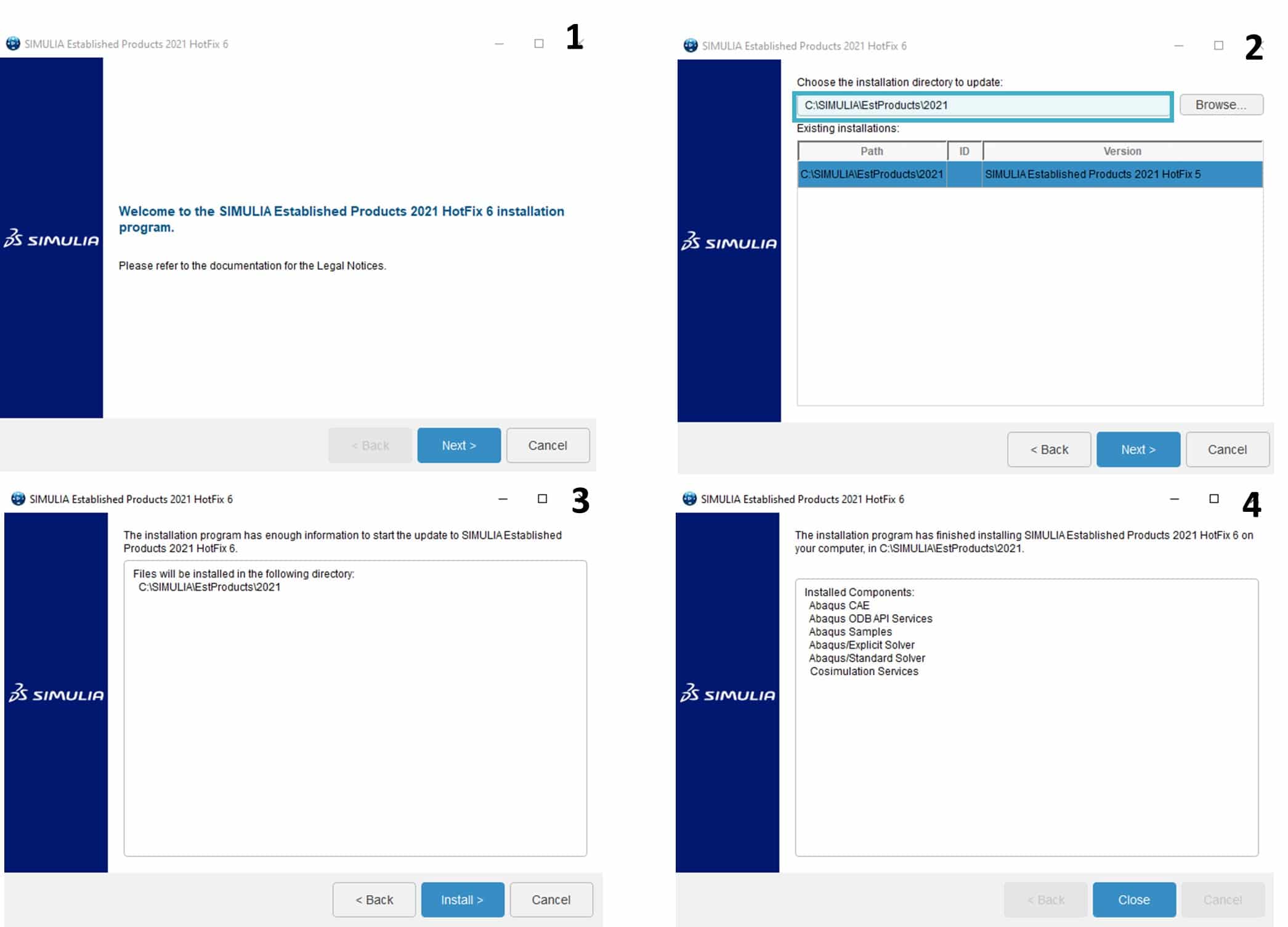
Such deviation of the CDP model gets prominent with higher pressure levels.įigure 1. It is shown that the results with the CDPM2 agree quite with the test data, whereas significant deviation is observed for the CDP model. The analyses were repeated for three different confining pressure levels: 17.2 MPa, 30.1 MPa, and 43 MPa. The numerical models consisted of a single cubic finite element (FE) with the characteristic length of 100 mm, subjected to a constant lateral confining pressure in 2- and 3-directions and axially compressed in 1-direction until enough ductile hardening curve was obtained. In Figure 1, The performance of these two concrete models (CDPM2 and CDP model) for the modeling of the plain concrete under triaxial compression states with different lateral confining pressure levels is presented and compared with the corresponding experimental results.

On the other hand, the CDPM2 has shown its capability to model the material response under various range of confining pressures. However, the CDP model was designed only for applications in which concrete is subjected to monotonic, cyclic, and/or dynamic load under low confining pressures. The concrete damaged-plasticity ( CDP) model available in ABAQUS is one of the most commonly used concrete material models readily found in the literature. Afterwards, it was revised for use in ABAQUS as VUMAT, so-called Abaqus-CDPM2, by Seungwook Seok, a PhD student at Purdue University. Peter Grassl at University of Glasgow and has been implemented in LS-DYNA as MAT_CDPM ( MAT_273).

The CDPM2 was originally developed by the research group of Dr. This repository contains the Abaqus/Explicit user-material ( VUMAT) of the concrete damage-plasticity model 2 ( CDPM2).


 0 kommentar(er)
0 kommentar(er)
